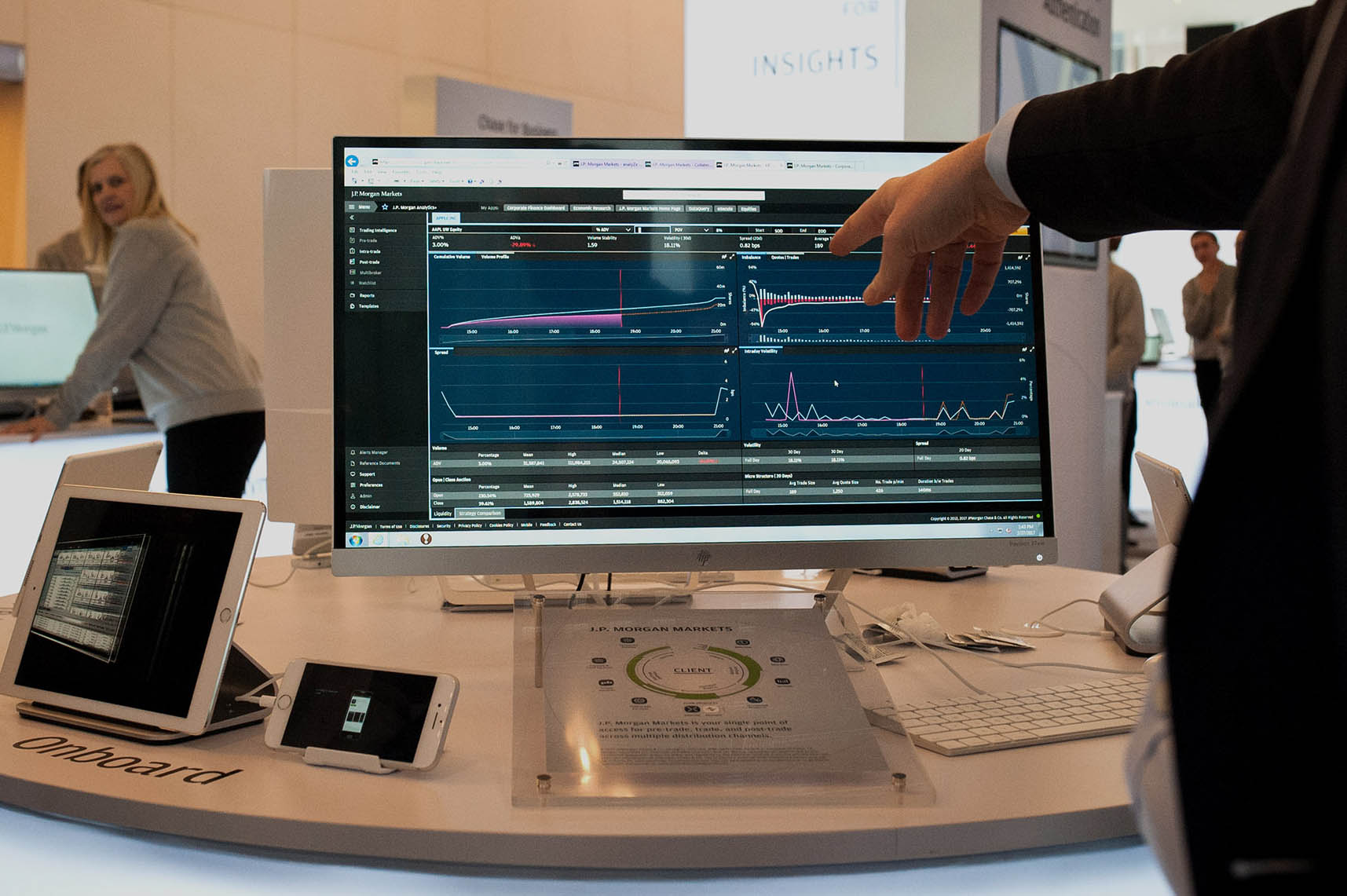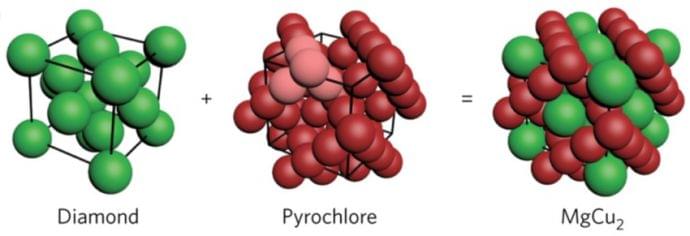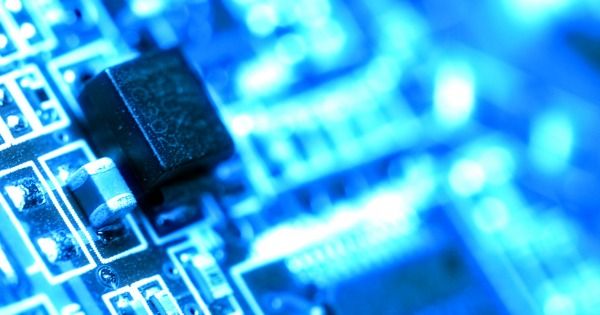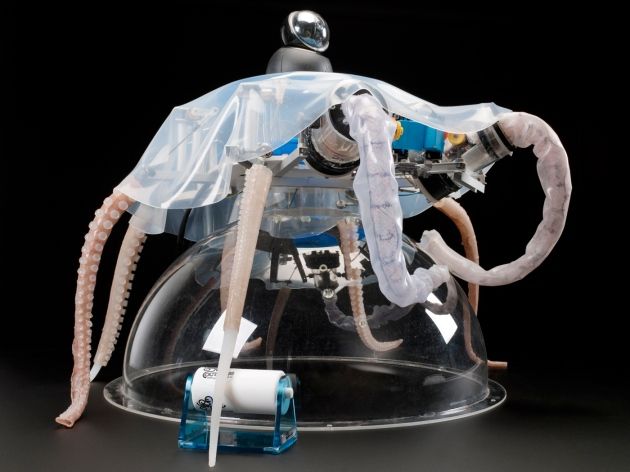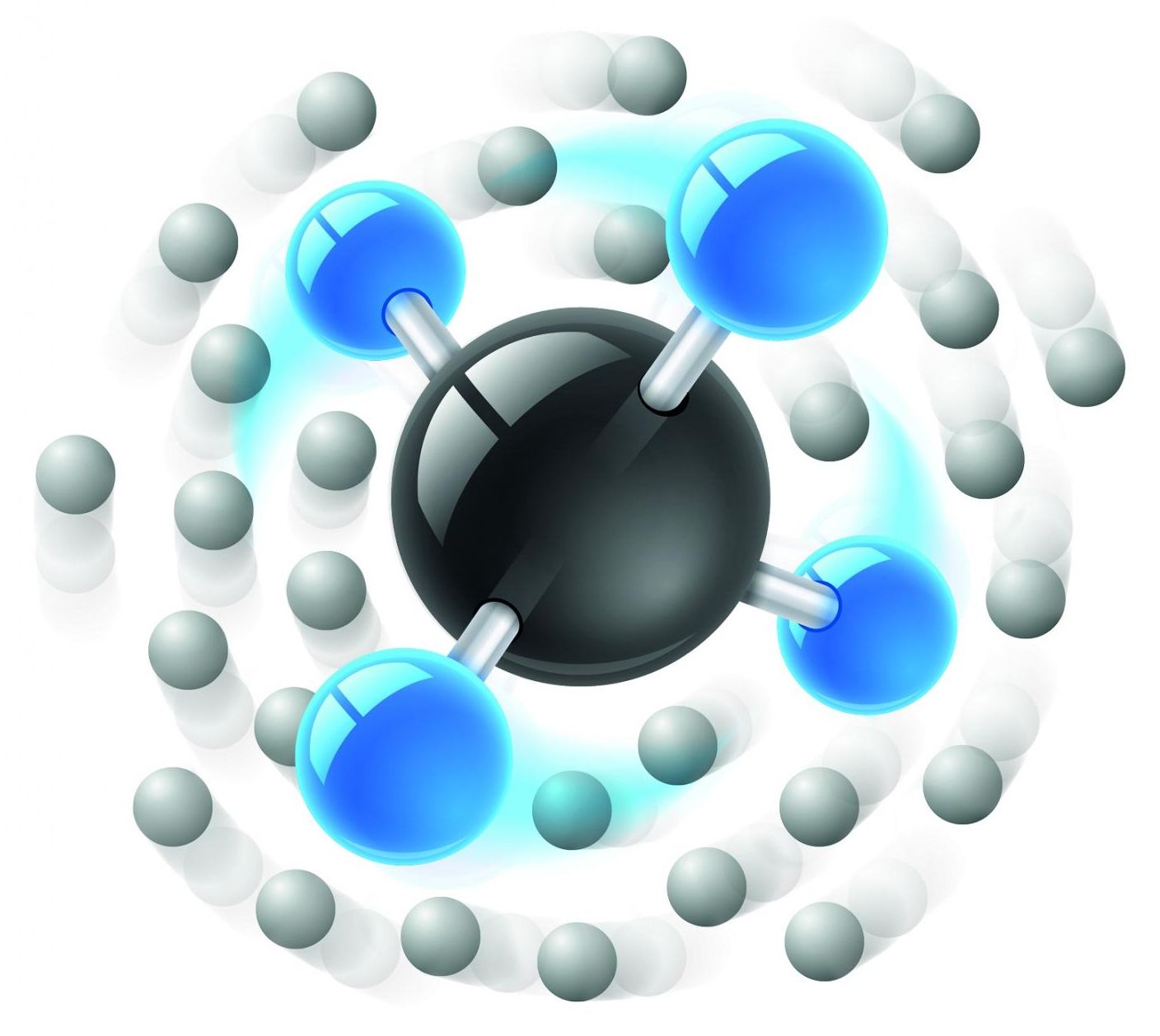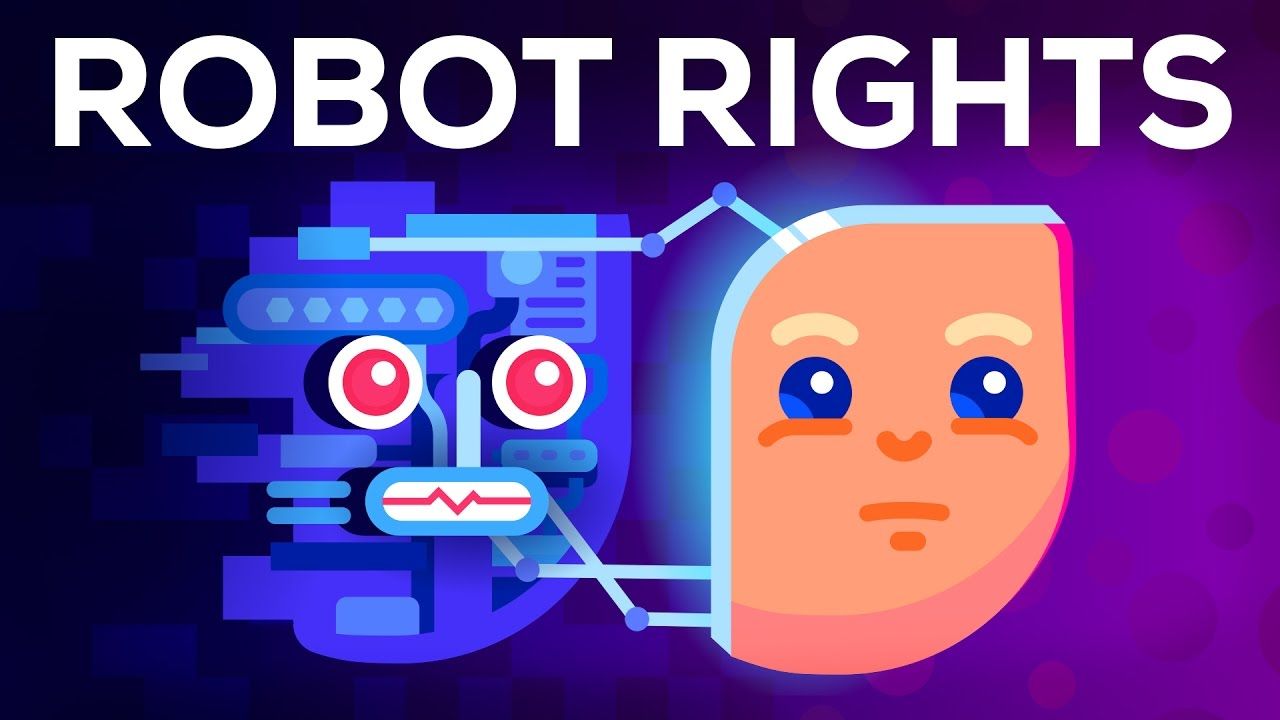Feb 28, 2017
JPMorgan Software Does in Seconds What Took Lawyers 360,000 Hours
Posted by Bruno Henrique de Souza in categories: finance, law
Na JPMorgan Chase & Co., uma máquina de aprendizagem está analisando os acordos financeiros que antes mantinham equipes jurídicas ocupadas por milhares de horas.
O programa, chamado COIN, para o Contrato de Inteligência, faz a tarefa de interpretar acordos de empréstimo comercial que, até que o projeto foi lançado em junho, consumiu 360 mil horas de trabalho por ano por advogados e agentes de crédito. O software revê os documentos em segundos, é menos propenso a erros e nunca pede férias.
No que diz respeito à COIN, o programa ajudou a JPMorgan a reduzir os erros de manutenção de empréstimos, a maioria resultante de erro humano na interpretação de 12.000 novos contratos por ano, de acordo com os seus criadores.
Continue reading “JPMorgan Software Does in Seconds What Took Lawyers 360,000 Hours” »
